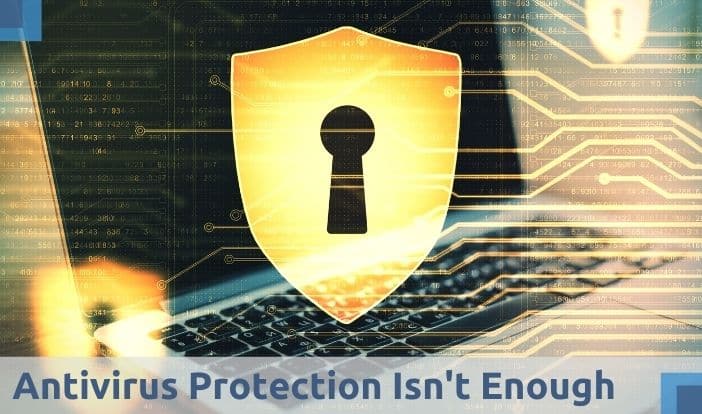
For many of us, it doesn’t seem that long ago that you would boot up your computer, click a few places then hear that now-nostalgic sound of a dial-up modem to connect to the World Wide Web, where the distinct messaging of AOL’s, “You’ve Got Mail”, would soon follow.
Times have changed these last 20-something years – who would have thought that you would carry around a device that replaces your computer, your telephone, your pager, and your CD player?
The technology has changed 100 times over.
At the same time, the threats and sophistication of cyber security attacks have grown and adapted, following closely behind. With that, your old thoughts on cyber and network security have had to adapt to (hopefully) stay one step ahead of those criminals.
Due to the increase in data and information held by organizations, the need to bolster the digital walls around your institution has also grown – the old approach of adding anti-virus protection software and a spam filter for your emails just isn’t enough any more.
What Does Your Anti-Virus Software Do?
- Protects against malware (viruses, worms, Trojan viruses, spyware, adware, and ransomware, to name a few)
- Regularly scans the files on your system to identify malware threats and works to remove them
- Many anti-virus programs will monitor network traffic to and from your computer to detect and notify of suspicious activity (i.e. If your computer suddenly starts to send data/traffic to different devices or systems on the network)
What Does Your Anti-Virus Software NOT Do?
- Protect from new or unknown malware code
- Protect from internal attacks (stolen/hacked credentials used to access the system)
- Protect against phishing attempts and attacks (typically a human error)
- Many are run on a schedule, so they are not constantly scanning for viruses
- Non-protected devices may join your network (personal phones on WiFi, guests visiting, etc.)
In Order To Develop “Patches”, They First Need To Spot The Hole
That first point is a big one: not protecting from new or unknown malware. How could they?
Since cyber attacks are constantly evolving and perpetrators are constantly looking for vulnerabilities to systems, they are on the lookout for how to exploit antivirus protection software. For the antivirus software companies, they can only develop new defenses when they see the new attacks or identify vulnerabilities. In order to develop patches, there has to be a hole.
There then becomes a natural gap in coverage during the time of developing patches, pushing those updates to customers, then their customers updating their devices to protect from that new threat.
Wash, rinse, repeat.
While anti-virus software can be an effective tool, it is not a comprehensive solution for security and still leaves your company open to a variety of other threats.
When conducting security assessments for our clients, 95% of the businesses and institutions have already been compromised or are currently compromised – and they didn’t even know it.
With Diamond IT’s SecureCentric solution, we’re able to provide you with a more comprehensive security solution that assesses your current system status, protects your company, detects threats, and responds rapidly in the event of a breach.
If you’re concerned about your current level of cyber security and want to connect for a technology assessment, we’re here to help – Click here to schedule an IT consultation now.